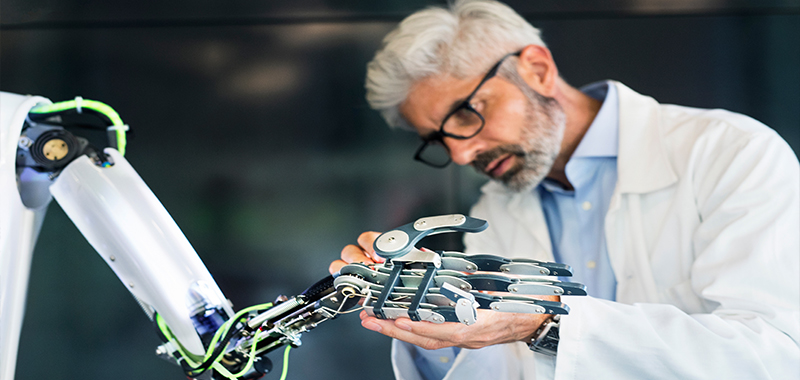
How to patent an invention?
Many people come up with an invention, an idea, and want to carry it out, but do they know why it is so important to patent it and how to register a patent?
In this article we will explain what a patent is, what are the requirements to consider and what is the procedure to be carried out to register it, as well as the duration of the patent protection in case it is successful.
What is a patent?
A patent is a title granted to the applicant of the invention, which provides the state in his favour, giving him an exclusive right of industrial and commercial exploitation of his invention for a period of 20 years. Patents are within industrial property, along with utility models, trademarks and designs and are regulated by Law 24/2015, July 24, 2015, on Patents (hereinafter, LPE) which as indicated in art. 4 of the LPE, as it will be “patentable, in all fields of technology, inventions that are new, involve inventive step and are susceptible of industrial application”, therefore, the requirements are:
– New: it is not included in the state of the art, that is, everything that up to the date of the patent application has been made available to the public, either in Spain or abroad.
– Inventive activity, i.e., it is not obvious to a person skilled in the art.
– Industrial application, since it can be manufactured.
In addition, it is important to take into account what is NOT considered an invention:
(a) Discoveries, scientific theories and mathematical methods.
b) Literary, artistic or any other aesthetic creation, as well as scientific works.
c) Plans, rules and methods for the exercise of intellectual activities, for games or for economic-commercial activities, as well as computer programs.
d) The forms of presenting information.
And on the other hand, what is not patentable:
a) Inventions whose commercial exploitation is contrary to public order or morality (Example: Human cloning).
b) Plant varieties and animal breeds.
c) The essentially biological processes of obtaining plants or animals.
d) The methods of surgical or therapeutic treatment of the human or animal body, and the methods of diagnosis applied to the human or animal body.
e) The human body in the different stages of its constitution and development, as well as the simple discovery of one of its elements, including the total or partial sequence of a gene.
f) A mere sequence of deoxyribonucleic acid (DNA) with no indication of any biological function.
When you are granted a patent, it is made public, therefore, although your invention cannot be copied since it is fully protected, you may resort to similarities. Therefore, many inventors, for example Coca-Cola, opt for professional secrecy, so they do not apply for a patent that is registered and gives them that exclusive right, but choose to carefully guard that recipe, creation, procedure, etc.
What is the procedure for patenting an invention?
The Spanish Patent and Trademark Office (hereinafter, SPTO) is in charge of granting the patent and to which it is necessary to apply for it, and both individuals and legal entities, including public law entities, will be entitled to apply for the registration of a patent.
After filing the application with all the necessary documentation (go to the official website of the SPTO), in case of being correct and not requiring corrections (within 2 months if applicable), the filing date or priority date will be granted and an ex officio examination will be carried out, after which a report will be sent to the applicant and within a maximum period of 18 months from the filing date or priority date, the SPTO will publish the patent application in the Official Bulletin of Industrial Property (BOPI).
Subsequently, a substantive examination will be carried out as to whether the invention and the application meet the requirements of the European Patent Convention.
Finally, if this procedure is passed and the application is successful, the decision will be published in the European Patent Bulletin. “The decision in favour of the grant takes effect on the date of publication.” (SPTO).
At the end, it is possible that third parties may oppose the decision within a period of 9 months, as well as the option to appeal.

Letslaw es una firma de abogados internacionales especializada en el derecho de los negocios.







